Dogs frequently express themselves by resorting to body language, thus it is crucial for humans to comprehend what message they are trying to convey. We may reduce our dogs’ nervousness and avert potentially hazardous situations by becoming familiar with their unique communication methods. Your dog may exhibit a number of warning signs, such as changes in his body language or vocalizations that can indicate signs of stress. Both dogs and pet owners can live in a safer, healthier environment if they pay attention to these warning signs.
1. Growling

Dogs use growling as a means of expressing their discomfort. It could be a signal that they feel threatened or that they are in pain. When a dog is disciplined for growling, they may decide to ignore warnings in the future and bite instead. It is absolutely crucial to respect your dog’s personal space and find an alternative method of obtaining your desired outcome from them. Give a dog space to eat in peace, for instance, if it is growling at the food. Alternatively, if they are growling at a bone, exchange them for a smaller treat so you may remove the bone without endangering them.
2. Whining or Barking
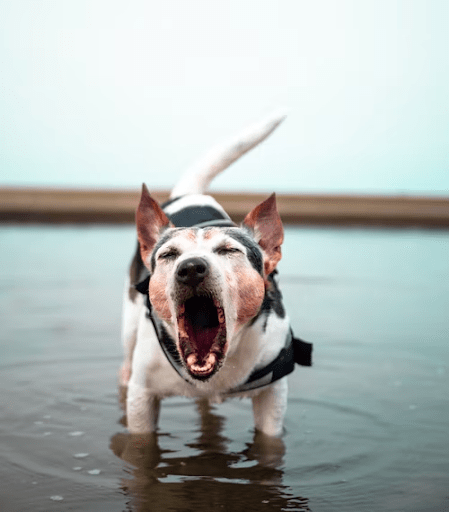
When under stress, many dogs will start whining. Which is why, under this situation, they are unable to regulate their automatic response. Humans can use it as a sign that something or someone in their immediate environment is making them feel uncomfortable. Similar to how puppies sometimes lack control, barking is a behavior. In that particular case, however, they are trying to let you know that they are anxious. The situation may determine the context, as dogs may whine and bark for a variety of reasons.
3. Body Language
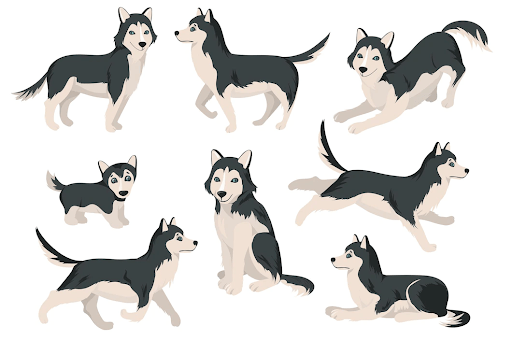
According to Norwegian dog trainer Turid Rugaas, dogs have more than 30 methods that they can use in terms of attempting to relax while under stress. Whale eyes, tucked ears, tucked tail, elevated hackles, lip-licking, yawning, and panting are examples of these calming cues in dogs. Your dog may also glance away or avoid making eye contact.
When attempting to diffuse a situation or signal that they are not a threat, dogs may display these behaviors. Noting that some dogs may raise their hackles out of enthusiasm rather than fear, it is crucial to emphasize that body language should not be the primary indicator used to establish whether a dog is nervous or not.
4. Freezing

When your dog stiffens and freezes up, it could be because it is anxious about what it has seen. During training, this may appear as “submission,” but according to current canine behavioral science, the dog is actually withdrawing from the experience. Both you and your puppy are in danger if you do this. When dogs show signs of stress like this, it’s a blatant red flag and they might bite if they feel cornered.
5. Pacing
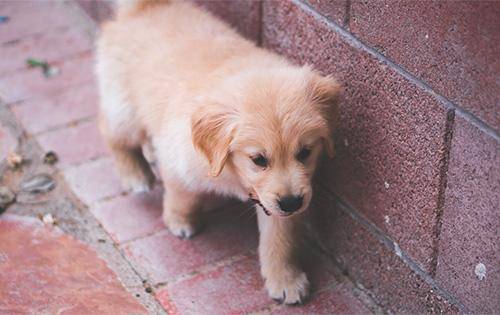
Pacing is a common sign of stress in dogs. If your dog is pacing back and forth, it may be because they are anxious or stressed about something. This behavior can be triggered by mealtimes, short periods of time, or other things. If you notice your dog pacing, it is important to try to figure out what is causing the anxiety. Pacing may also be a sign of dementia in older dogs. If you notice this behavior in your senior pet, it is important to talk to your veterinarian right away.
While pacing can be a sign of stress, it is also important to consider the context of the behavior. Some dogs may pace when they are playing and this could just be their way of playing. It is important to get to know your dog and their behaviors so that you can better understand when they are stressed. If you have any concerns, it would be best to talk to a professional dog trainer or your veterinarian.
6. Destructive behavior
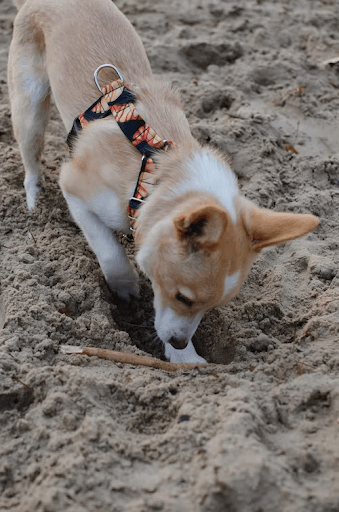
Dogs may exhibit destructive behavior when they are feeling anxious or stressed. This can include behaviors such as chewing on furniture, scratching doors, or digging in the yard. If your dog is showing signs of stress, it is important to address the issue as soon as possible. One way to help alleviate your dog’s anxiety is to provide them with a safe space to retreat to when they are feeling overwhelmed. You can also try training your dog to follow basic obedience commands, which can help them feel more confident and in control. If you are unable to address the root of your dog’s anxiety issues, it may be necessary to seek professional help.
7. Cowering
Cowering is one of the signs that your dog is stressed. When a dog cowers, he or she may shrink down low to the ground, tucking their head and tail between their legs. This posture is often an indicator of fear or submission. If your dog is cowering, it’s important to take steps to alleviate their stress and make them feel safe. You may need to provide them with a quiet place to retreat to, or remove them from any situation that is causing them anxiety.
8. Excessive Shedding
Shedding can be defined as the natural process of the dog’s coat ridding itself of hair that is old and has reached the end of its cycle. This process applies to all canines with no exceptions. In certain cases, if your dog is shedding and at bigger quantities, this signifies that stress is the underlying cause. Some dogs will compulsively lick themselves when stressed, which causes hair loss in the areas they lick too often.
9. Experiencing sudden changes in activity, appetite
If your dog suddenly eats significantly more or less, it is an unmistakable sign of stress. Keep in mind that anything unusual for your special, distinct dog could be a symptom of stress. One dog’s excessive activity may be another dog’s chill day. Assess your situation in light of what is typical for your dog. It’s crucial to pay attention to any changes in your dog’s eating patterns and determine whether any other stressors are present.
10. Being extra active or unable to settle down
Some dogs never seem to get comfortable, always wandering around the house or reacting to even the smallest noise or movement. This could be a sign of stress, either mental or physical, and requires further investigation to determine the cause. If your dog is constantly on the move or seems agitated, it may be experiencing discomfort and could benefit from a visit to the vet.
Conclusion
All in all, as a dog owner, you must view your pet as a son or as a daughter. You must constantly monitor their behavioral patterns, their daily habits in order to detect any red flags related to stress and anxiety.
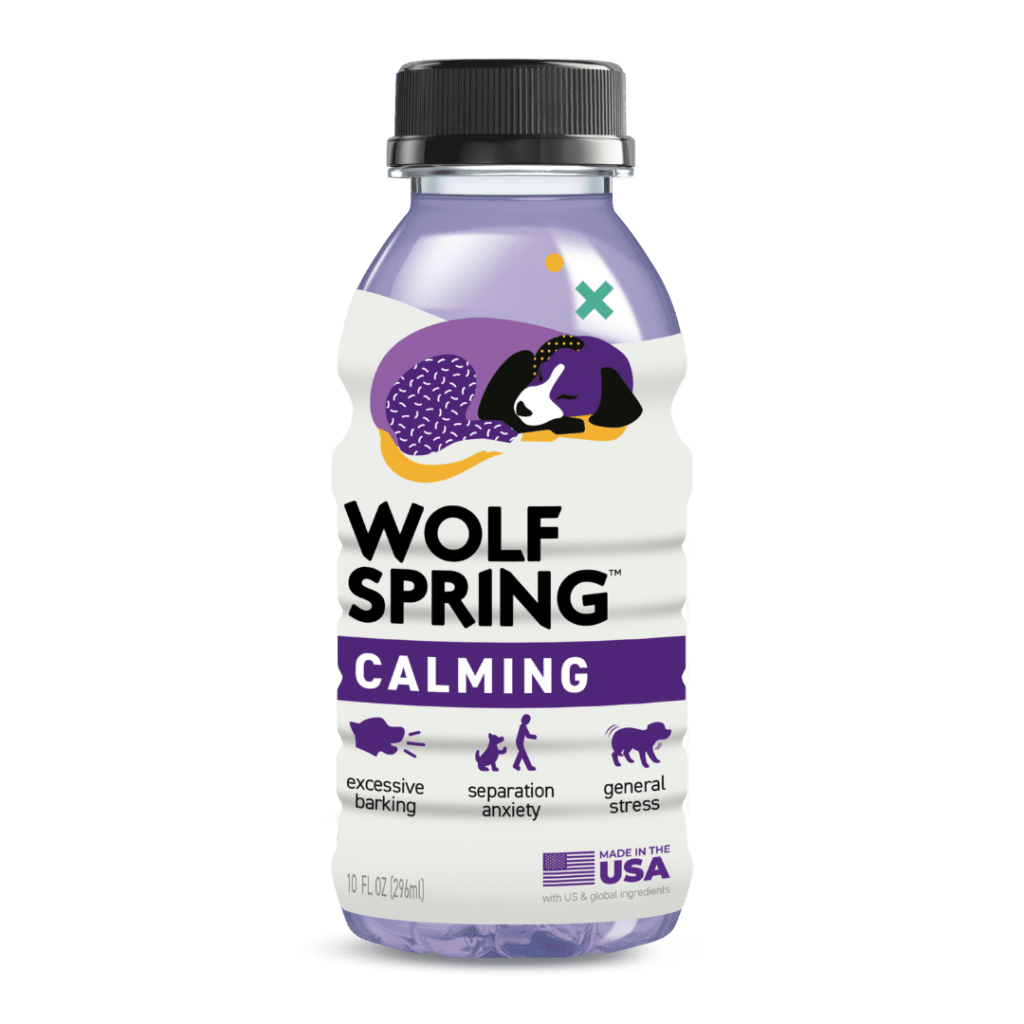
Try to find out what triggers this type of behavior in your dog. In extreme cases, it would probably be best to seek the help of a behavioral consultant,, who can work with both the pet and its owner.
You will both be more relaxed when you seek and find the right person to help.
Additionally, there are formulas that are being produced that act as stress-relievers for dogs. Wolf Spring has developed a formula that contains ingredients such as chamomile to favor muscle relaxation, L-theanine to support calm behavior, and L-Tryptophan to help fight against stress